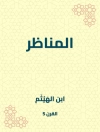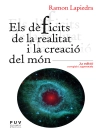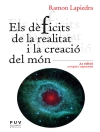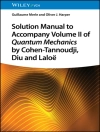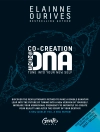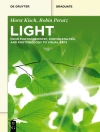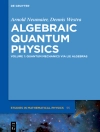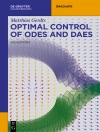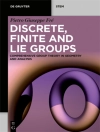The subject of the book is a biography of the theoretical physicist Arnold Sommerfeld (1868-1951). Although Sommerfeld is famous as a quantum theorist for the elaboration of the semi-classical atomic theory (Bohr-Sommerfeld model, Sommerfeld’s fine-structure constant), his role in the history of modern physics is not confined to atoms and quanta.
Sommerfeld left his mark in the history of mathematics, fluid mechanics, a number of physical subdisciplines and, in particular, as founder of a most productive ‘school’ (Peter Debye, Wolfgang Pauli, Werner Heisenberg, Linus Pauling and Hans Bethe were his pupils, to name only the Nobel laureates among them). This biography is to a large extent based on primary source material (correspondence, diaries, unpublished manuscripts). It should be of particular interest to students who are keen to know more about the historical roots of modern science.
Sommerfeld lived through turbulent times of German history (Wilhelmian Empire, Weimar Republic, Nazi period). His life, therefore, illustrates how science and scientists perform in changing social environments. From this perspective, the biography should also attract readers with a general interest in the history of science and technology.
Tabela de Conteúdo
Prologue.- Königsberg Roots.- Setting the Course.- Klein’s Assistant.- Clausthal.- Aachen.- Munich.- Physics in War and Peace.- The Quantum Pope.- Wave Mechanics.- Cultural Ambassador.- Descent.- The Bitter Years.- Carrying On.- Legacy.- Epilogue.- Backmatter.
Sobre o autor
Michael Eckert studied physics at the Technical University of Munich and received his Ph.D in theoretical physics from the University of Bayreuth in 1979. He has dedicated his career to the history of physics.
Since 1981, Dr. Eckert has been engaged in several projects on the history of modern physics at the Deutsches Museum, Munich. He has authored and co-authored books and articles on such diverse specialties as the history of solid state physics, plasma physics, and fluid dynamics. This biography is the culmination of a long historical research endeavor on Arnold Sommerfeld at the Deutsches Museum that has included the editing of Sommerfeld’s scientific correspondence in two volumes (2000 and 2004).


